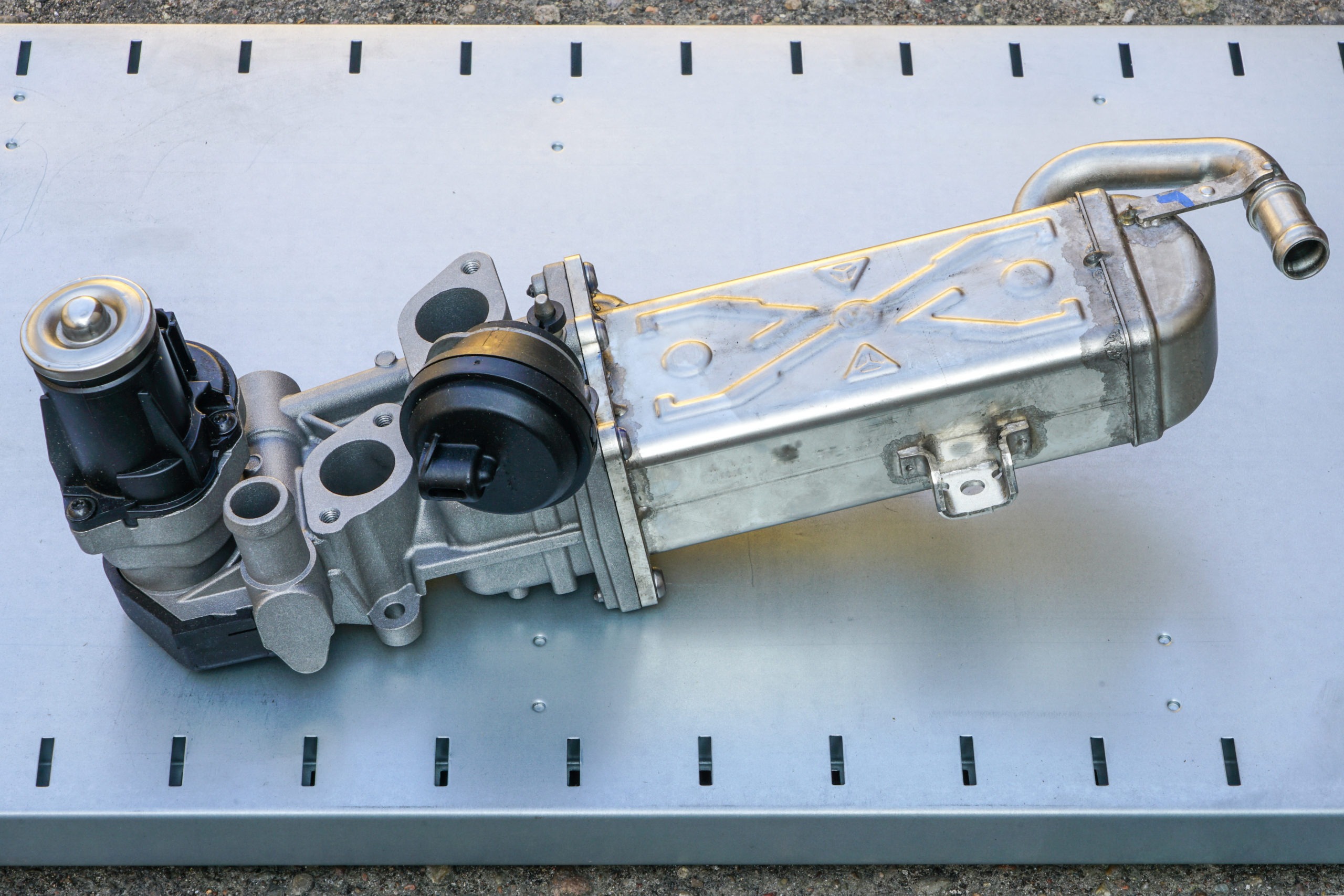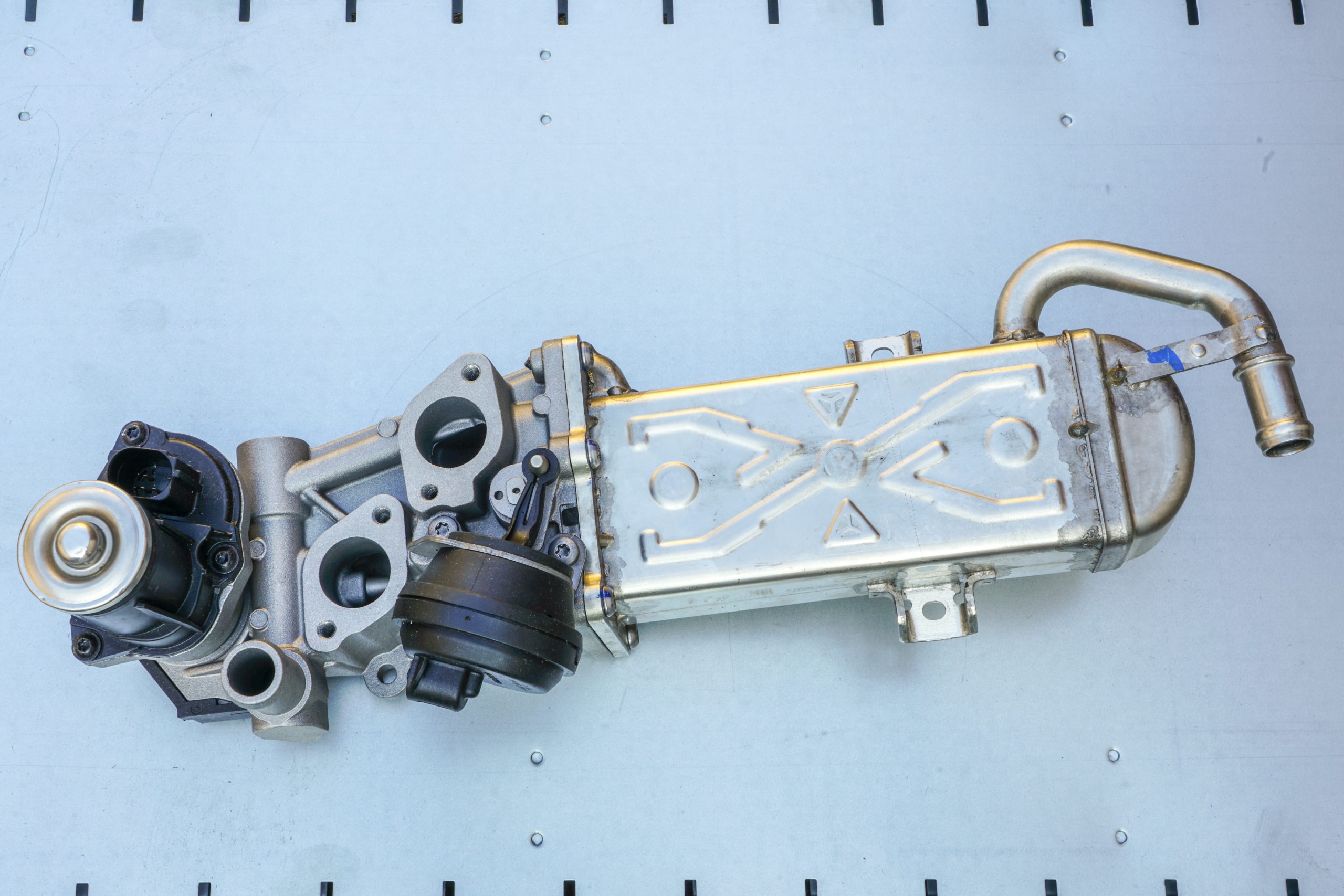If you own a car, you probably heard about the exhaust gas recirculation (EGR) cooler, which is responsible for cooling exhaust gases before introducing them into the vehicle’s engine. However, like some components, EGR coolers may fail, bringing chaos to other crucial parts of your car, which can also involve the turbo.
Usually, the problem starts when the EGR cooler fails to do its job. Understanding how to spot issues and when to replace a component like Ford 6.0 EGR cooler is essential to avoid costly repairs, possible damage, and problems.
An Overview Of EGR Coolers
Your vehicle’s EGR system is vital for emissions reduction and helps adjust the air heat of the engine. Since it prevents your engine from overheating, knowing how to maintain it is essential. Remember, the cooler issue manifests itself through engine overheating and strange-looking emissions.
An EGR cooler is also a standard component in every modern automobile but is particularly prevalent in many diesel engines. Since diesel fuel generates more dangerous emissions than gasoline, your vehicle’s EGR system is crucial for any diesel engine.
Once your EGR cooler malfunctions, it may jeopardize your vehicle’s reliability, leading to potential component degradation and serious engine damage. It may often go undiagnosed for a long time since signs aren’t always visible.
To know more information about an EGR cooler, watch this video. If you don’t know what to look for when it’s time to replace your EGR cooler, here are the signs you should watch out for:
1. Overheating Engine
An overheating engine is one of the signs that your EGR cooler needs immediate replacement. Any problems that might cause the EGR cooler to restrict the flow of exhaust gases might lead to overheating the engine.
For instance, too many carbon deposits in the EGR cooler can prevent gases from flowing freely. If the exhaust gases don’t flow through the coolers, they won’t cool down, which means the engine is more likely to overheat.
2. Exhaust Leak
Another indication that your EGR cooler like Ford 6.0 EGR cooler may need a replacement is an exhaust leak. If your EGR cooler gets damaged or its gaskets fail, it may result in exhaust leaks developing.
Every exhaust leak can be heard as a tapping or an audible hissing sound from your vehicle. It’ll lessen your EGR system’s efficiency and negatively hurt your engine’s performance.
3. Loss Of Coolant
Although losing coolant isn’t always a sign of EGR cooler failure, it can affect your engine once it’s accompanied by white smoke. If you notice a loss of coolant but don’t see a leak, it’s a sign that your EGR cooler might need a replacement.
4. Strong Smell In Your Car
Once your engine generates too much nitrogen oxide, the gas may leak into your car’s interior. When it happens, you’ll likely smell the gas, which is often characterized by its harsh or strong odor.
If you notice the smell, it indicates that your emission system has issues, which might be something connected to your EGR cooler. However, it also doesn’t always mean that your EGR cooler is the problem, but it’s more likely since the odor may occur only due to nitrogen oxide. For this reason, you should fix the problem immediately since prolonged gas exposure may result in respiratory issues.
5. Increased Emissions
Typically, EGR cooler issues lead to increased emissions, which can cause an inconvenience to you as a car owner. It’s because too much emission may not give you the chance to pass the emissions test. If you need to maintain your car’s registration, you should replace your EGR cooler immediately to avoid failing the emissions test.
6. White Smoke Or Steam At The Exhaust
If your vehicle emits white smoke from its exhaust, it can be due to a coolant leak in your EGR cooler. Once left unnoticed, leaked coolants may damage other vital parts of your vehicle, leading to engine overheating. To avoid any serious problem, resolve it as soon as possible and replace your EGR cooler if necessary.
7. Check Engine Light
Your vehicle’s electronic control unit (ECU) can detect a problem in the system, and once it does, it’ll activate the check engine light. It may illuminate when the EGR cooler gets congested or if the EGR isn’t operating properly. Regardless of the case, inspect your engine immediately when the check engine light illuminates. This is especially helpful if you’re planning a vehicle road trip soon.
Conclusion
Not all vehicles have an EGR cooler, but those that do require such coolers to keep the car drivable and keep its engine working. Therefore, if you notice any of the signs above, it’s best to address the problem with the help of a reliable mechanic. Professional car mechanics can help uncover the root cause of the issues, quickly find the best possible solution for your needs, and replace your EGR cooler successfully.


